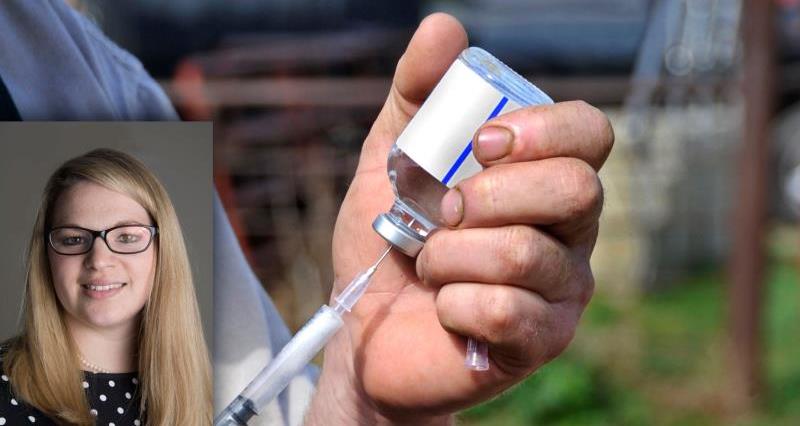She writes:
There was interesting discussion throughout the conference, some of it accurate, some of it frustratingly inaccurate. But what was apparent is the appetite to embrace and work more cohesively on the challenge that antibiotic resistance (AMR) poses to both human and animal health, nationally, within Europe and globally.
John Blackwell, Senior Vice President of the British Veterinary Association, highlighted that underpinning the activity and change that has and will continue to happen are three strategic aims which fall out of the AMR strategy:
- Improve knowledge and understanding of antibiotic resistance
- Conserve and steward the use of antibiotics currently available
- Stimulate the development of new antibiotics and other technologies
Therefore, it is not as simple as just reducing antibiotic usage in one sector or both. Minimising resistance will be achieved with an array of tools such as reduced usage, education, new tools such as diagnostic tests, responsible usage and optimising the health of animals and humans.
What we’ve achieved so far
In looking ahead to the future many of the speakers omitted to highlight what fantastic things industry is doing now – something that I think is really important. There have been some great steps forward in reducing antibiotic usage and this is evident in the recent British Poultry Council report “Leading the way in responsible use of antibiotics”.
Those in the scheme have reduced antibiotic usage by 44% with a 5% increase in production – no mean feat and probably down to some of the huge commitments made by the sector.
The pig industry will soon be launching the pig medicine hub to collate usage data which will prove invaluable in providing the evidence to make targeted strategic improvements. The cattle sector has also started the long process to collecting data. Right now in this sector there is an increasing move towards selective dry cow therapy which is really encouraging and a great example of responsible use of antibiotics.
Check out the RUMA website for guidelines on responsible use.
Somerset vet David Tisdall presented what he has achieved at his practice back in 2009 by taking a partnership approach with his dairy farmers. He has made changes that have altered their prescribing policy, engaged in herd health plans in a different way, reduced the use of third and fourth generation cephalosporins and run farmer workshops. This has resulted in a 7% reduction in antimicrobial use in the practice and an 82% reduction in antibiotics critically important for human health – with no perceived compromise in service.
So what are the next steps?
We need to know where we’re at in terms of usage to target activity, research is ongoing and we need to ask what can we learn from other countries that have made gains in reducing usage and what we can share? We do have to be careful what we take away because developments must be considered in context to the disease challenges faced by UK stock.
In 2004-10 the Netherlands were faced with a huge disease challenge with LA-MRSA and Q-fever plus there was an increased use of antibiotics in animals. While we would not agree or want to replicate all their actions they did make huge strides in improving the understanding of AMR within the industry, make usage data transparent and allow for it to be used for benchmarking purposes. Farmers and vets in Sweden have made improvements in animal husbandry to reduce usage and also promoted the prudent use of antibiotics to farmers. All things we can consider in the UK.
Find out more about antibiotics and antibiotic resistance here (Login to access).
